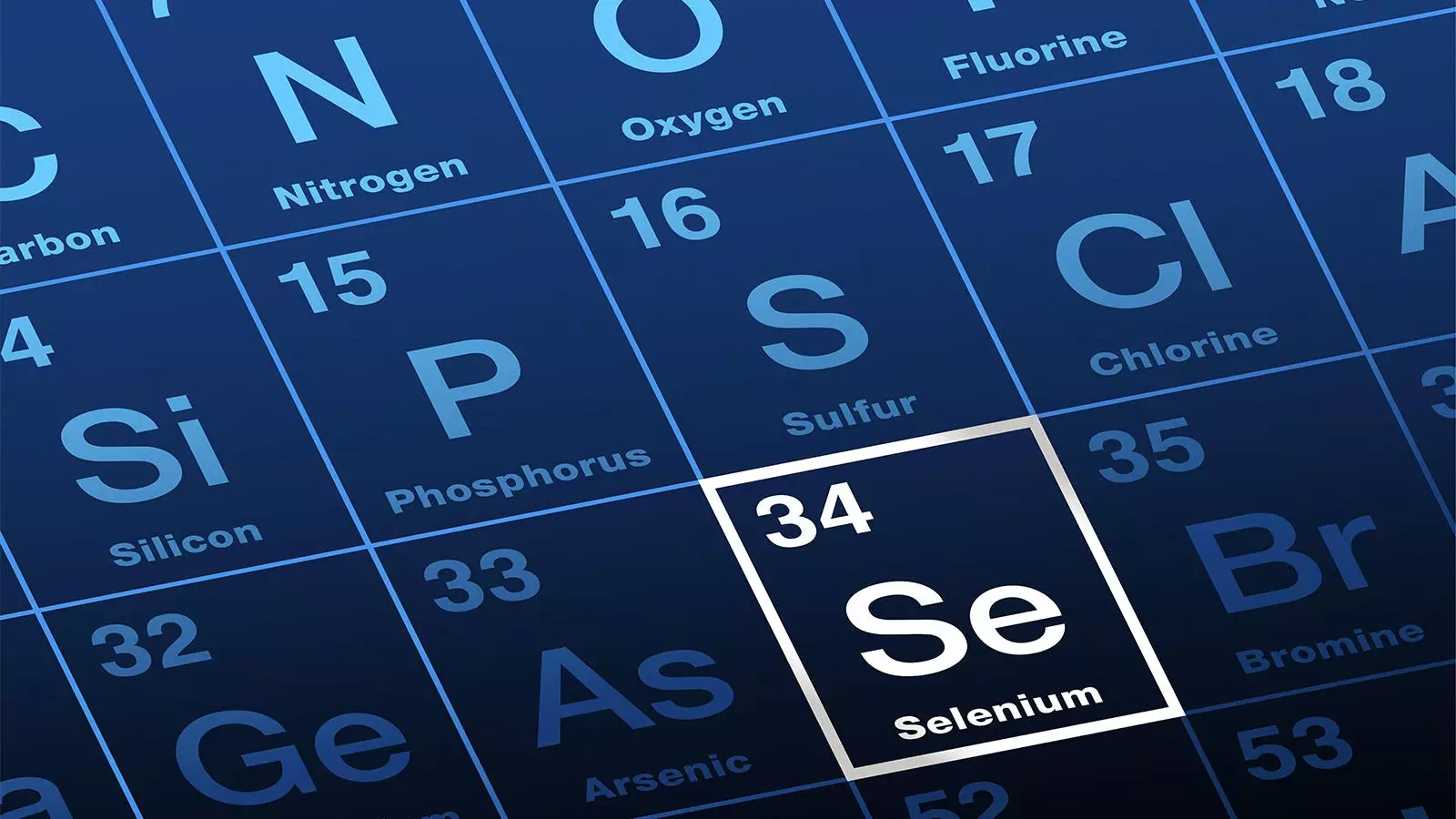Huntington’s disease, a devastating neurodegenerative disorder, has long eluded effective treatment options. However, new research suggests that changes in metal levels may play a significant role in the development and progression of the disease. A recent post-mortem study conducted by Melissa Scholefield, PhD, and her colleagues at the University of Manchester, England, explored the metal levels in Huntington’s disease brains compared to controls. The findings unveiled widespread differences in metal concentrations, providing insights into potential pathogenic mechanisms and the possibility of developing novel therapeutic targets.
Scholefield and her team discovered a significant decrease in selenium levels in all investigated brain regions of Huntington’s disease patients. The risk ratios ranged from 2.3 to 9.0, indicating a substantial difference compared to controls. Selenium is an essential trace element involved in various cellular processes, including antioxidant defense mechanisms. Its deficiency can lead to mitochondrial dysfunction, oxidative stress, and impaired blood-brain barrier function, all of which have been implicated in the progression of Huntington’s disease.
Another intriguing finding was the increased sodium/potassium ratios observed in every brain region studied, except the substantia nigra. This imbalance, with risk ratios ranging from 2.5 to 8.0, suggests abnormal ion regulation in Huntington’s disease. Disruptions in ion homeostasis can have detrimental effects on neuronal excitability and synaptic transmission, potentially contributing to motor, psychiatric, and cognitive deterioration characteristic of the disease.
Furthermore, Scholefield and her colleagues noted increased calcium and zinc levels in specific brain regions of Huntington’s disease patients. Altered calcium signaling and imbalances in zinc homeostasis have been linked to neurodegenerative processes in various diseases. In the context of Huntington’s disease, these changes may further exacerbate mitochondrial dysfunction and cellular stress, leading to the worsening of symptoms.
Interestingly, the study also revealed localized decreases in iron, copper, and manganese levels in different brain regions. The globus pallidus, cerebellum, and substantia nigra exhibited reduced concentrations of these metals. While the exact implications of these findings are not entirely clear, disruptions in iron and copper metabolism have been associated with neurodegeneration, suggesting their potential involvement in Huntington’s disease pathogenesis.
The identification of widespread differences in metal levels opens up exciting possibilities for potential therapeutic interventions in Huntington’s disease. Scholefield emphasized that the lack of effective treatments for the condition underscores the urgent need for novel approaches. By targeting metal imbalances, researchers may be able to develop drugs that can halt or slow down the progression of the disease, providing hope to patients and their families.
Despite these promising findings, Scholefield cautioned against self-medication with selenium supplements. Previous evidence suggesting elevated blood selenium levels in Huntington’s disease should not be interpreted as a reason to take over-the-counter supplements. Selenium supplementation must be carefully studied to determine the optimal dose, delivery method, and safety profile for specifically targeting brain selenium levels.
Moving forward, larger-scale studies with a greater number of participants must be conducted to validate these initial findings. Additionally, researchers need to elucidate the exact role that selenium and other metals play in Huntington’s disease symptoms. This entails understanding the underlying mechanisms, identifying the potential benefits of supplementation, and investigating whether selenium can effectively cross the blood-brain barrier.
The study by Scholefield and her colleagues sheds light on the significant alterations in metal levels in the brains of Huntington’s disease patients. These changes, including decreased selenium levels and imbalances in sodium/potassium ratios, calcium, and zinc concentrations, may contribute to various pathogenic mechanisms. This research not only deepens our understanding of the disease but also presents exciting opportunities for future therapeutic development. As Scholefield stressed, we are still in the early stages of this research, but these findings could pave the way for groundbreaking advancements in the treatment of Huntington’s disease.


Leave a Reply